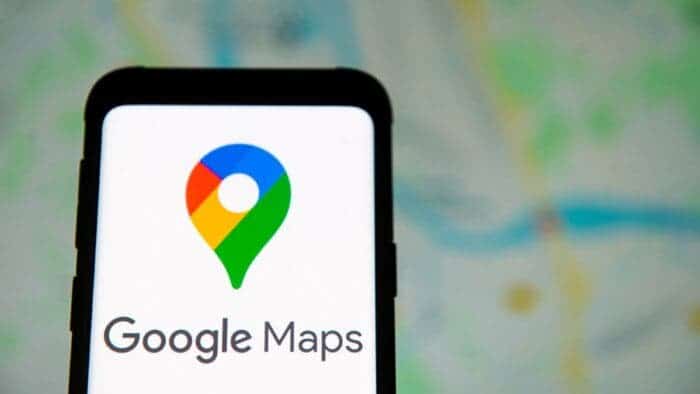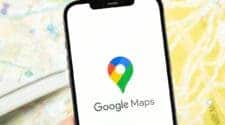In an ironic twist of fate, Google Maps, the ubiquitous navigation app relied upon by millions for efficient commutes, recently became the source of a major traffic headache. The incident, which unfolded during a busy travel period between Italy and Austria, highlights both the immense value and potential pitfalls of these technological aids.
When Navigation Goes Awry: Google Maps Mishap Creates Traffic Chaos

The trouble began when Google Maps directed drivers off the highway and onto local side roads. This mass exodus from the main artery stemmed from an error in the app’s data, which falsely indicated a full closure of the highway. The reality, however, painted a completely different picture: the highway remained fully operational. This misinformation sent a wave of unsuspecting drivers scrambling to find alternative routes, leading to a domino effect.
The previously quiet side roads, unaccustomed to such a surge in traffic volume, became overwhelmed. Kilometers of gridlock materialized, leaving drivers stranded for hours. The situation escalated further due to the inability to directly contact Google Maps support. Traffic authorities and police, upon realizing the predicament, scrambled to manage the chaos. While they issued in-app notifications and deployed temporary signage to inform drivers of the open highway, the damage was already done.
The incident, as Sterzing’s Vice Mayor aptly noted, underscored the potential for even the most trusted navigation apps to lead us astray. This malfunction exposed a potential vulnerability in Google Maps’ algorithm – its tendency to over-rely on projected congestion, even for minor situations. Such instances can erode user trust and raise concerns about the app’s ability to provide reliable real-time information.
Google Maps Mishap Sparks Traffic Jam: Lessons Learned
The Sterzing incident serves as a springboard for a critical discussion surrounding the future of navigation apps. Here are some key questions that emerge:
- Enhancing Data Accuracy: How can developers improve the data collection and processing methods employed by navigation apps to minimize the risk of errors?
- Mitigating Misdirection: Can algorithms be refined to better differentiate between temporary slowdowns and full closures, preventing unnecessary detours?
- Prioritizing Human Oversight: Should protocols be established to allow traffic authorities to flag and correct erroneous app data in real-time?
Furthermore, the incident compels users to adopt a more critical approach towards navigation apps. While these tools offer undeniable convenience, it’s crucial to maintain a degree of situational awareness. Here are some practical tips:
- Consult Multiple Sources: Cross-check information provided by Google Maps with other navigation apps or traffic reports before blindly following a route.
- Maintain Awareness of Surroundings: Pay attention to road signs and use your judgment when the app’s instructions seem illogical.
- Report Errors: When encountering discrepancies, actively report issues to Google Maps so developers can address them.
The Sterzing incident serves as a cautionary tale, reminding us that technology, despite its incredible advancements, is not infallible. By fostering collaboration between app developers, traffic authorities, and users, we can navigate towards a future where navigation apps remain reliable allies on our journeys.
Have you ever encountered a situation where a navigation app led you astray? Share your experiences in the comments below!





